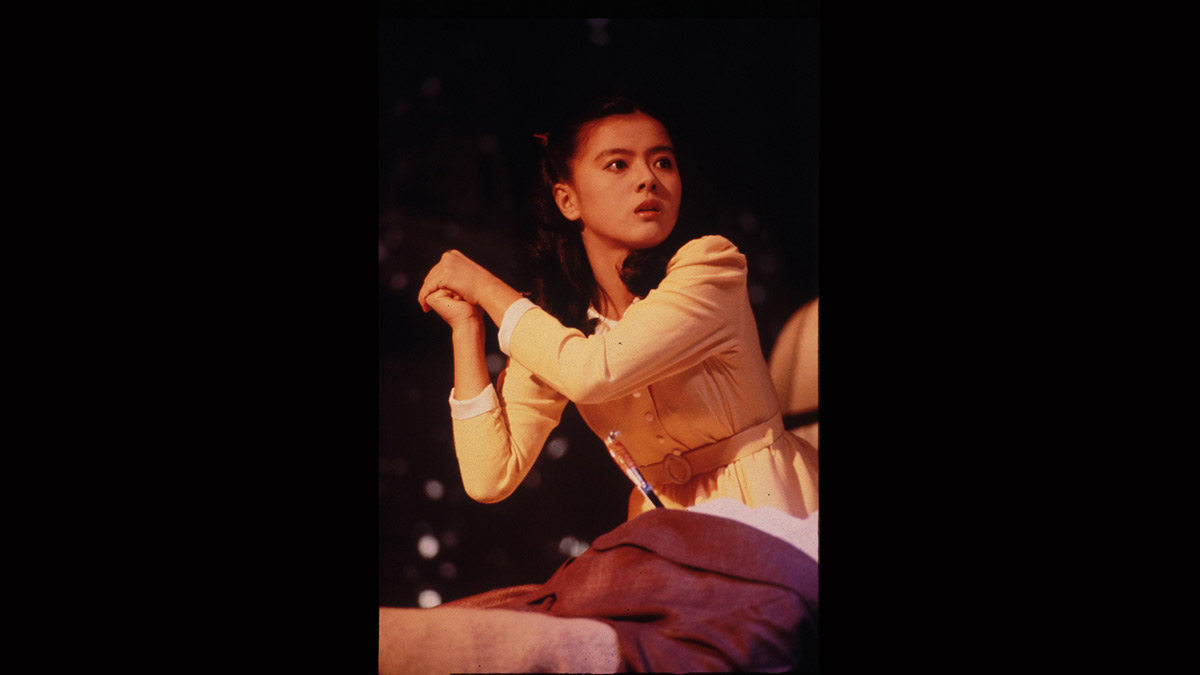
(C) KADOKAWA 1984
Why is “The W's Tragedy” transcending the boundaries between actors and roles and being passed down as the ultimate idol movie?
2017.08.18
Kadokawa movies opened up new horizons for idol movies
The term "idol film" is now almost obsolete. In the 1970s, many films were made in which idol singers or groups were given the lead role, forming a genre of their own. However, the term "idol film" was not commonly used at the time, and it is only a term that is used in retrospect. One star who could be said to be the epitome of this boom is Yamaguchi Momoe. After gaining explosive popularity as a singer, she was given the lead role in " Izu no Odoriko " at the age of just 15, and since then, she has been produced in a succession of films in which she plays the lead role. Momoe has continued to work as both an idol and an actress, and her exceptional acting skills have been recognized, but if anything, her main focus has been her work as a singer/idol. In that sense, the works she has appeared in can be considered "idol films".
Kadokawa Pictures inherited the idol movie boom and revitalized it on a whole new level. Until then, there had been many movies starring idols who had appeared on TV, but it was producer Haruki Kadokawa who established the idol movie genre, which followed the opposite pattern of having idols debut as movie actresses and then gain idol-like popularity.
The pioneer of this trend was Hiroko Yakushimaru, who was affiliated with Kadokawa Haruki Office. She made her breakthrough playing Takakura Ken's daughter in Proof of the Wild (1978), and went on to star in Targeted School (1981), Sailor Suit and Machine Gun (1981), and Detective Story (1983). Kadokawa succeeded in helping her blossom as an idol actress. In 1982, Watanabe Noriko and Harada Tomoyo were discovered in a contest for "Kadokawa-Toei major actresses." They made their film debuts in Iga Ninja Scroll (1982) and The Girl Who Leapt Through Time (1983), respectively, and together with Yakushimaru, they were known as the "Kadokawa Trio" and reigned supreme as idol actresses.

